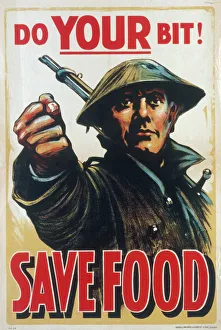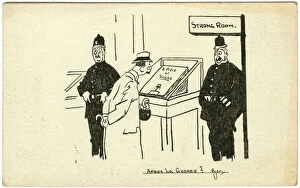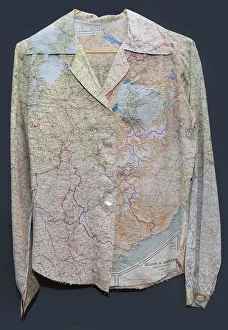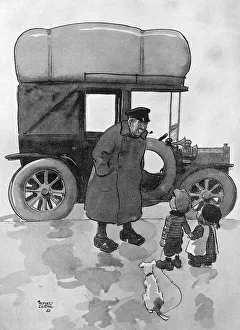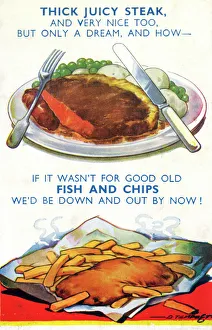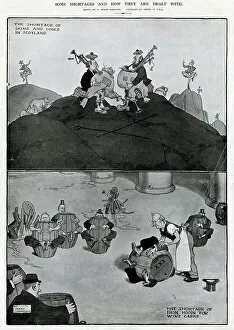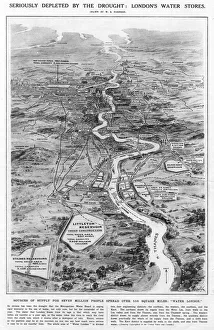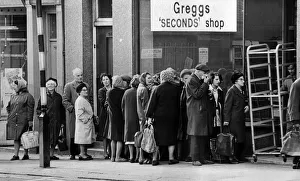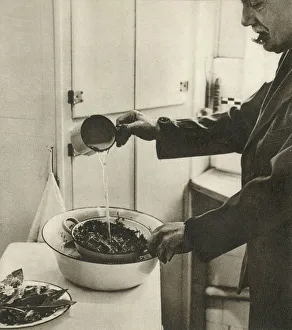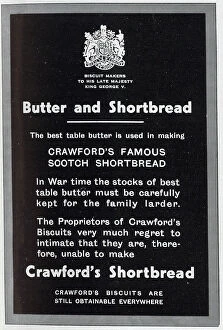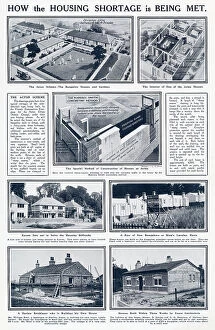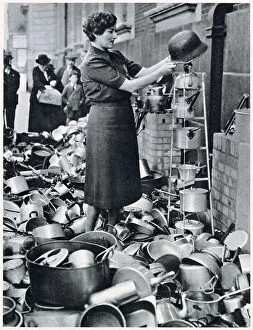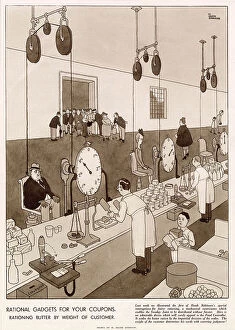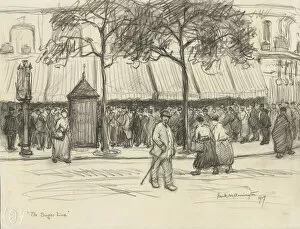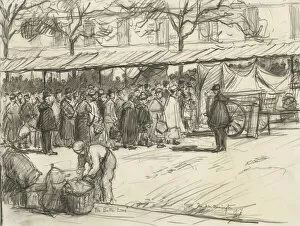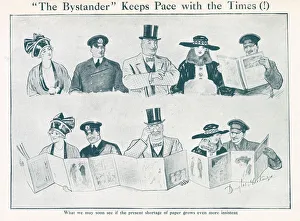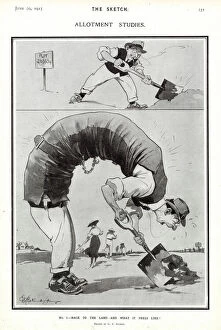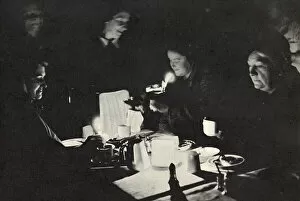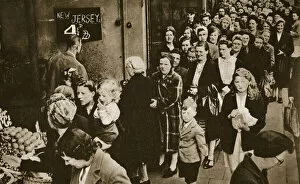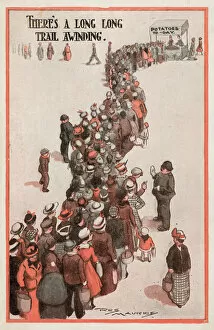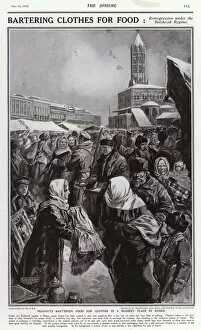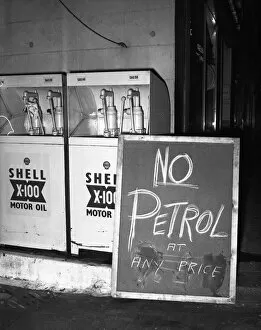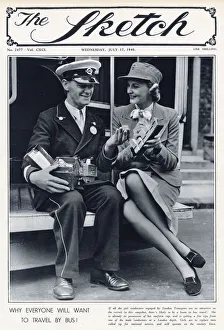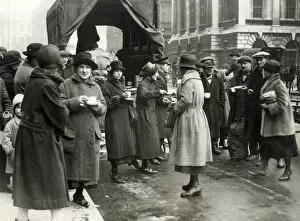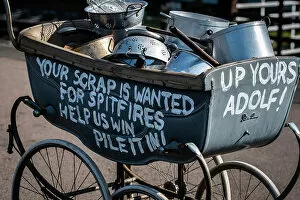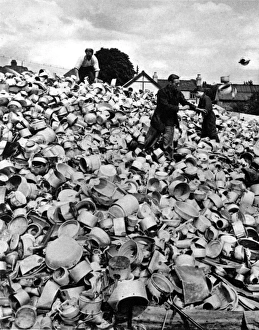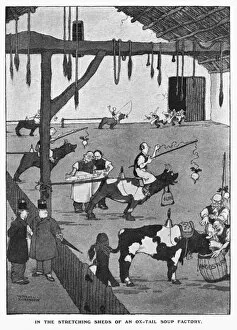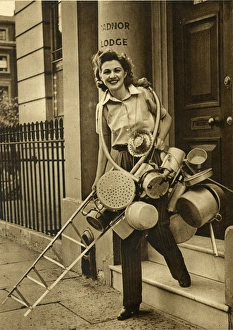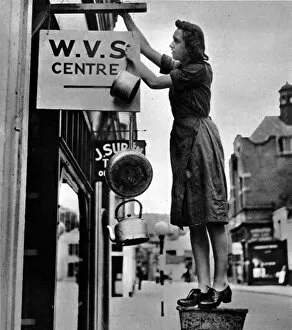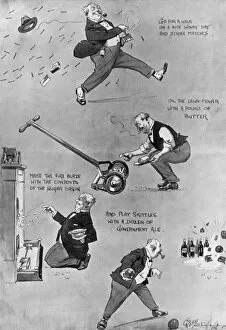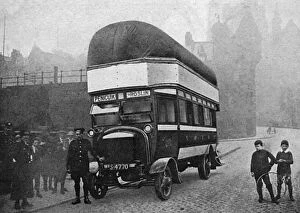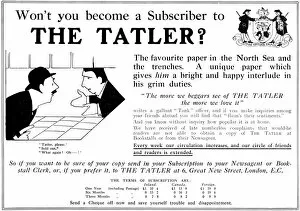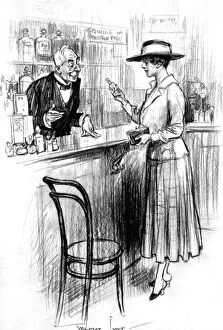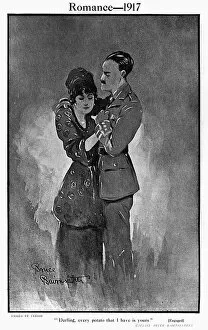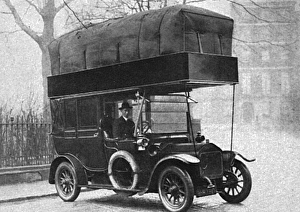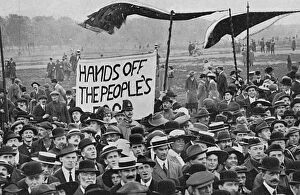Shortages Collection
"From WWI to the present day, they have shaped our world
All Professionally Made to Order for Quick Shipping
"From WWI to the present day, they have shaped our world. This Save Food Poster from the era reminds us of the scarcity faced during wartime and the need to conserve resources. The Apres la Guerre No. 3 postcard by George Ranstead captures the aftermath of war, where they were prevalent and rebuilding was necessary. In 1918, people had to cope with various shortages, as depicted in 'Some Shortages and How They Are Dealt With. ' Alfred Leete's iconic illustration 'Observed of all observers' highlights how rationing became a way of life during difficult times. Even beloved dishes like fish and chips were affected by shortages during wartime cuisine. Water shortage was also a concern, as seen in 'London's Water Stores' in 1921. Moving forward, we see satellite images revealing Korea at night, reminding us that even today there are regions facing scarcity. Advertisements like Crawford's Shortbread butter rationing statement demonstrate how businesses adapted to limited supplies. The housing shortage crisis of 1920 showcases innovative solutions employed to meet demand for shelter. Lord Beaverbrook's appeal for aluminium during World War II emphasizes how materials were repurposed for crucial aircraft production. Photographs capture women from the Women's Voluntary Service outside their town hall, symbolizing their contribution towards alleviating shortages through voluntary efforts. Lastly, William Heath Robinson introduces rational gadgets designed to make coupons stretch further during times of scarcity. " Overall, these hints provide glimpses into different periods where they have influenced society and prompted creative responses.

